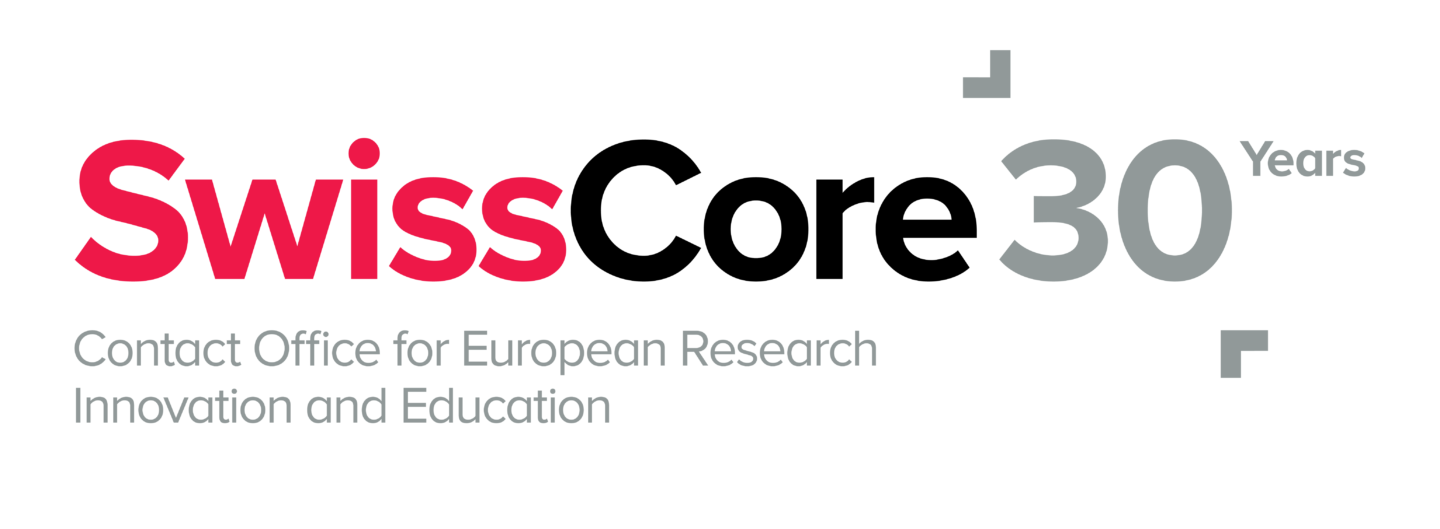The PKH proposes improvements for future European partnerships, including the desire to see only partnerships within FP10’s thematic priorities be initiated.
This month, the Partnership Knowledge Hub (PKH) published its opinion on how to improve European Partnerships for the next EU Framework Programme for R&I (FP10). The opinion envisions partnerships in the future as a modification of current networks fully integrated into FP10’s planning process, rather than a complete overhaul of the current system. To achieve this vision, the publication splits its lessons learned from Horizon Europe and its recommendations into five aspects of partnerships:
- The strategic policy approach
The publication highlights the positive aspects that the strategic policy approach brought to the current framework programme. These aspects include a reduction in the number of instruments, the life-cycle approach to them and the better consideration in the overall programme planning processes. However, to increase the impact and relevance of partnerships, several measures must be taken for the next programme. The PKH clearly states that the approach to strategic policy needs a stronger top-down element, the boundary between partnerships and other instruments must be drawn more clearly and that with this distinction should come greater focus on the knowledge-valorisation side by partnerships. Included in the discussion should also be a clarification of roles of partnerships in global cooperation, and a life-cycle approach that assesses ex ante whether or not to continue existing programme funding as well as how to do so. For all of these measures, the PKH should be seen as the coordination body.
- The identification and selection process
Another aspect of Horizon Europe that the Hub would like to see continued is the strategic coordinating process (SCP) that allows continued involvement of Member States and Associated Countries in final decisions regarding partnerships. However, the process should be adapted to meet the needs of the expanded strategic policy approach outlined above. The adaptation of the selection process would include only considering new partnerships in specific areas that are within FP10’s thematic priorities and using all available information to ensure that it would create real added value, particularly on knowledge valorisation. Furthermore, throughout the lifetime of the partnership, more and more transparent dialogue between it and the decision makers should take place in order to better integrate stakeholder knowledge. Lastly, decisions on which synergies should be implemented by a candidate partnership should be made during the drafting process.
- Partnership governance
The PKH further outlines improvement suggestions to the governance of partnerships. To this end, SCP and the PKH should have strengthened roles, and available resources should be invested more effectively by better aligning the different policy agendas of the partners. Additionally, the Hub proposes governance be conducted in a portfolio approach with more focus on the advancement of a thematic area and involve the respective Programme Committee early on in the process. Partnerships also need greater support from the European Commission with more flexible and coherent support structures and a single dedicated website with all the relevant information.
- Improvement and simplification of implementation
To ensure that all the goals of partnerships can be achieved, the PKH stresses that the implementation of partnerships must be flexible and clear. For this, partnerships should have a set of “rules for participation” that are both attractive for partners and also allow partnerships to achieve their goals without compromising accountability. Measures proposed to improve and simplify implementation include foreseeing enough time to build up partnerships in the preparation phase, while simultaneously accelerating decision-making. Before any partnership is implemented, an administrative framework must be in place and the rules for participation should provide easier access for research-performing organisations. Furthermore, the Hub stresses the need for a general risk assessment on every partnership before it begins its work and more efforts to be directed for flexible blending of diverse funding sources. Finally, partnerships require national-level frameworks to better respond to the needs of the partnership and the data generated by partnerships must be made available through the European Open Science Cloud (EOSC).
- Appropriate instruments
The last category the publication outlines is the need to choose appropriate instruments for selected topics and thus clarification on the logic for the use of specific ones. This choice will depend on EU and national legal frameworks, which should facilitate cooperation within the ERA and aim at addressing a variety of policy objectives aligned with their focus. To do so, partnerships should serve more broad policy objectives and catalyse coordinated joint activities of the partners beyond collaborative research and innovation.
Overall, the opinion advocates for an evolution for the betterment of partnerships in the next framework programme, rather than a complete overhaul of the system.

